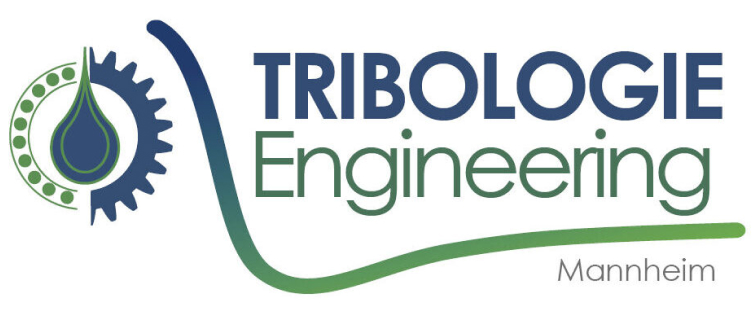back to blog overview
Forms of Movement Tribometry Extract Plane Movement
The form of movement of the friction partners plays a central role in tribometry. It has a decisive influence on how realistic and meaningful tribological tests on machine components, or in prosthetics in biological systems, can be designed.
The form of movement of the friction partners plays a central role in tribometry. It has a decisive influence on how realistic and meaningful tribological tests on machine components, or in prosthetics in biological systems, can be designed.
While nature offers an endless variety of joints and motion sequences, in tribometry we often concentrate on simplified but specifically selected forms of motion that represent important elements of the real system such as acceleration behavior, motion vector or susceptibility to adhesion. In the following, various types of movement are presented that can be used for tribological investigations with the aid of the haptilator prototype. The consideration is limited to planar movements, which reduces the complexity but still opens up numerous experimental possibilities.
The classic linear-oscillating motion with defined reversal points is often used in model systems. Evaluation over a cycle allows conclusions to be drawn about boundary and mixed friction. Various speed profiles – for example sinusoidal or trapezoidal, possibly also with a definable jerk – allow statements to be made about the build-up of lubricating films or speed-dependent properties of the tribological system elements.
If the return movement is removed from the oscillating movement by relieving the load, a repetitive movement is obtained. This form of motion is characterized by unidirectional repetition with a load-free and contact-free return to the starting point. Typical applications can be found in switching or detent mechanisms, for example, where discrete position changes are required. In a tribological context, a repetitive motion can specifically investigate material wear or contact fatigue, as the load always acts in the same direction. In contrast to oscillation, there is no symmetry here, which leads to different friction and wear patterns.
Normal or oblique impact loads not only generate tribological stress, but also induce high mechanical peak loads in the components or test specimens. These can lead to micro-deformations, surface fatigue or even material breakage. Normal impact can be used as an example for testing bearing surfaces under shock loads (e.g. connecting rods in combustion engines). Symmetrical / asymmetrical oblique impact allows the simulation of combined sliding and impact loads, such as those occurring in robot joints or gear teeth. All types of impact lead to a very localized stress.
The wide range of movement options allow the slurry abrasion test according to Miller (also Miller Number Test, ASTM G75) to be carried out in an optimized manner. This method evaluates the abrasion wear of materials in a slurry of abrasive particles and liquid. A sample is moved through the slurry under defined conditions (pressure, speed, particle size) in order to quantify its erosion resistance – particularly relevant for pumps, pipelines and mining applications.
In contrast to the conventional Miller set-up, in which the sample is only lifted on one side and with a fixed lateral offset in the slurry bath, lifting on both sides with a definable offset enables more efficient testing: the slurry is pushed away from the sample less, instead more abrasive material reaches the contact area. This leads to time savings and better utilization of the slurry – simply achieved by cleverly designing the form of movement.

